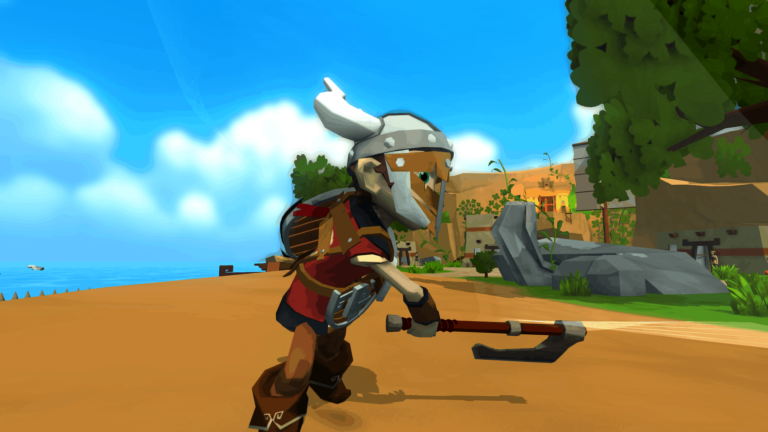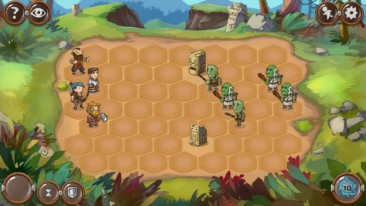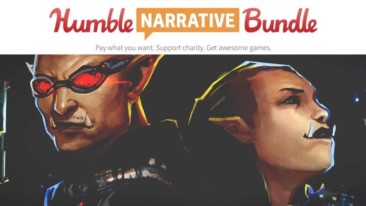Cornerstone: The Song of Tyrim – What We Think
Cornerstone: The Song of Tyrim, from developer Overflow Games, is a Kickstarted project that aims to be an indie mash-up of The Legend of Zelda: The Windwaker and the Dark Souls series. As such, it is a third-person open world game segmented into dungeons and incorporating crafting and plenty of combat options. Despite borrowing these basic systems, Cornerstone doesn’t live up to its potential, especially in the later parts of the game.
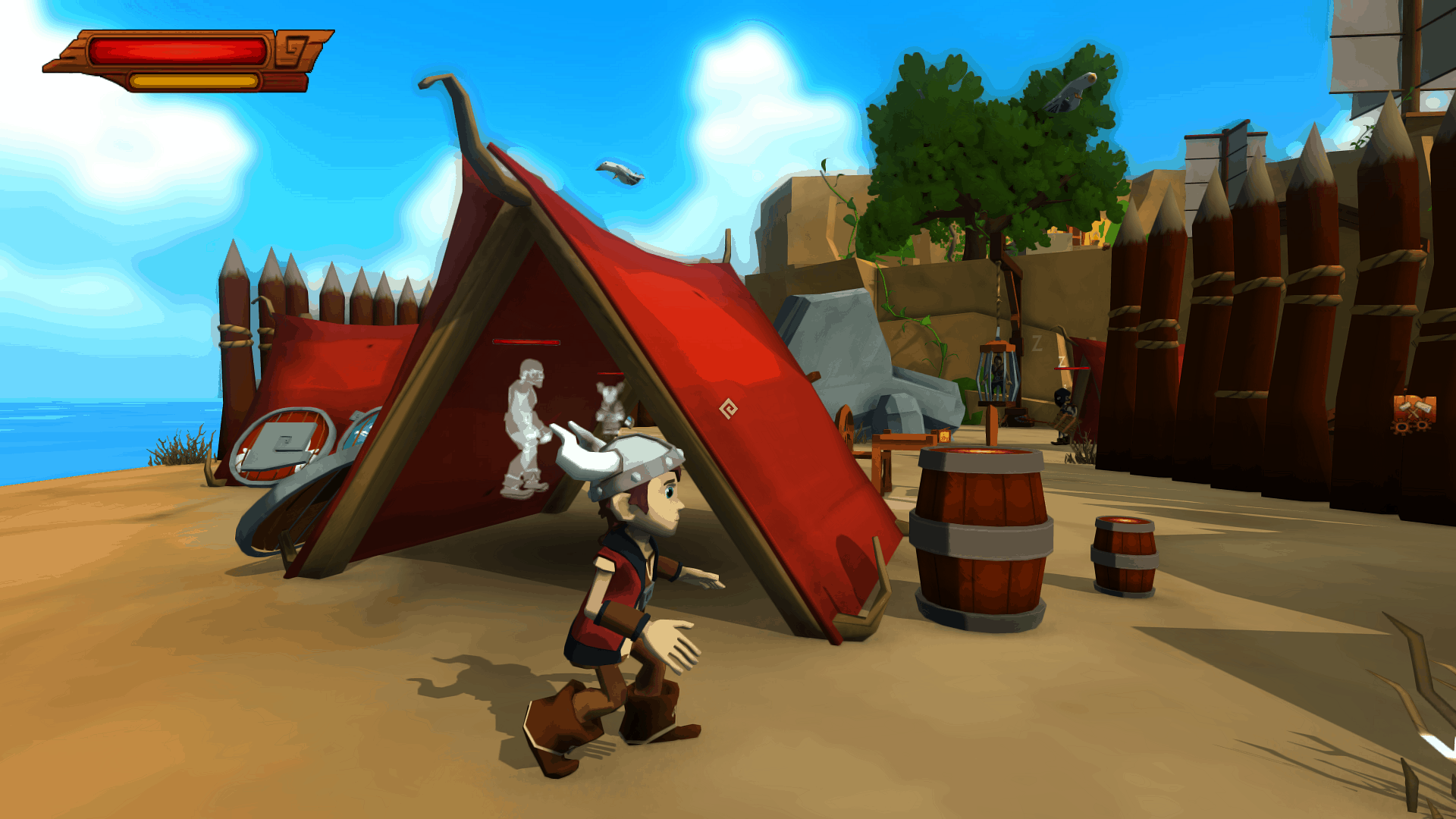
A Sea of Troubles
You play as Tyrim, a young Viking boy on a mission to save the men who have gone missing from his small island village of Borja. In total, there are eight different islands to travel to, each with a different aesthetic and gameplay hook, similar to the dungeons in a Zelda game. Each island provides Tyrim with an important tool or piece of a puzzle needed to advance to the final area.
The early section is really well put together in the way it teaches you how to traverse the terrain, craft various necessary items, and progress through the story by completing several different tasks to advance to the next area.
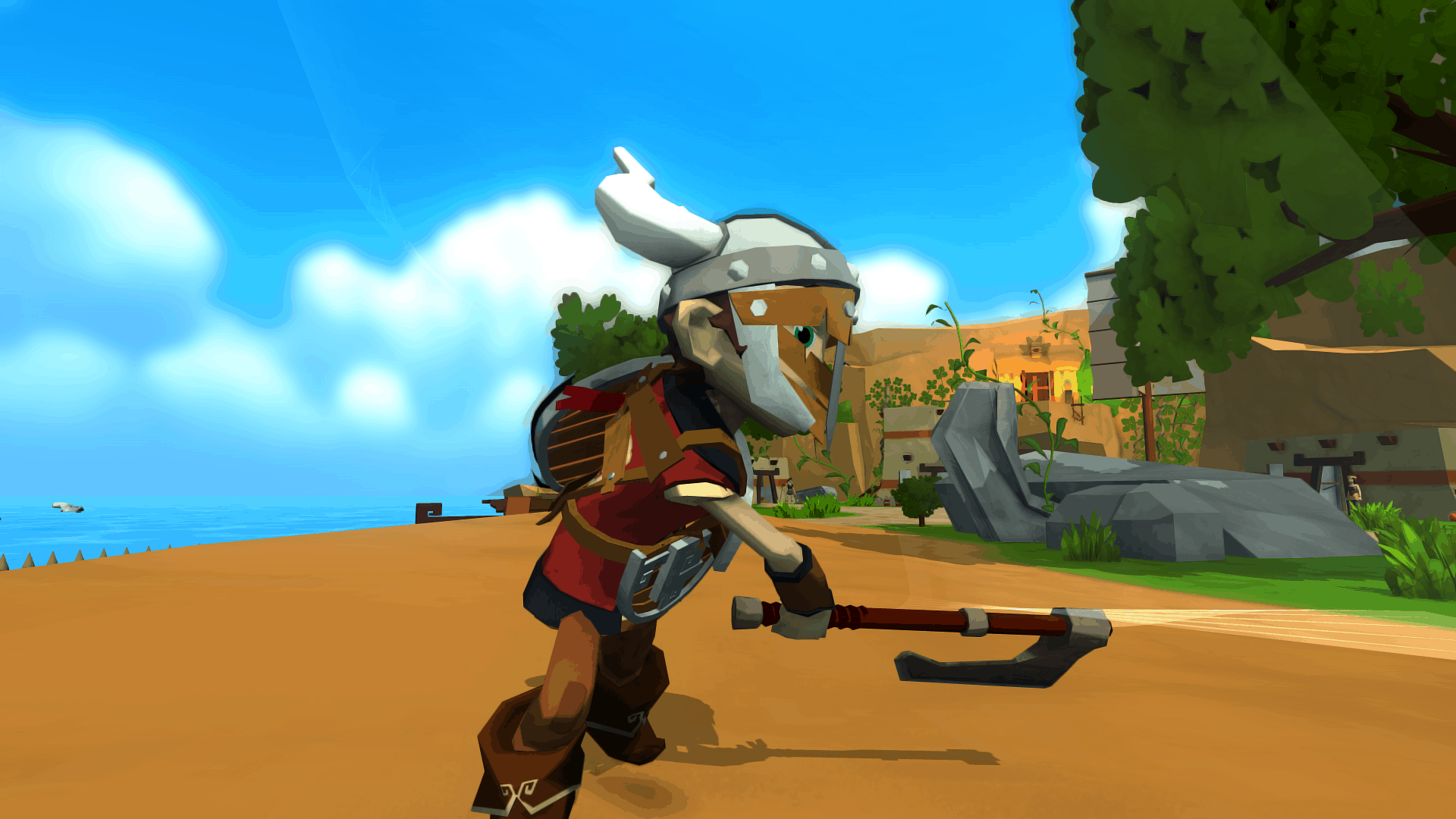
It May Seem Kiddie, but It’s Awfully Pretty!
The game borrows heavily from the Windwaker art style, using the Unity engine to present a bright color palette and a cel-shaded look to the characters and environment. The music, obviously, is not as great as Koji Kondo’s Zelda scores, but it is serviceable in creating a mood for each area that you explore.
The islands that fill the world each have a unique style and influence, such as the desert island or the medieval-Chinese inspired territory. While it’s obvious that several environments received more attention to detail than others, the world as a whole has a uniform look that varies just enough to give a refreshing flavor to each island.
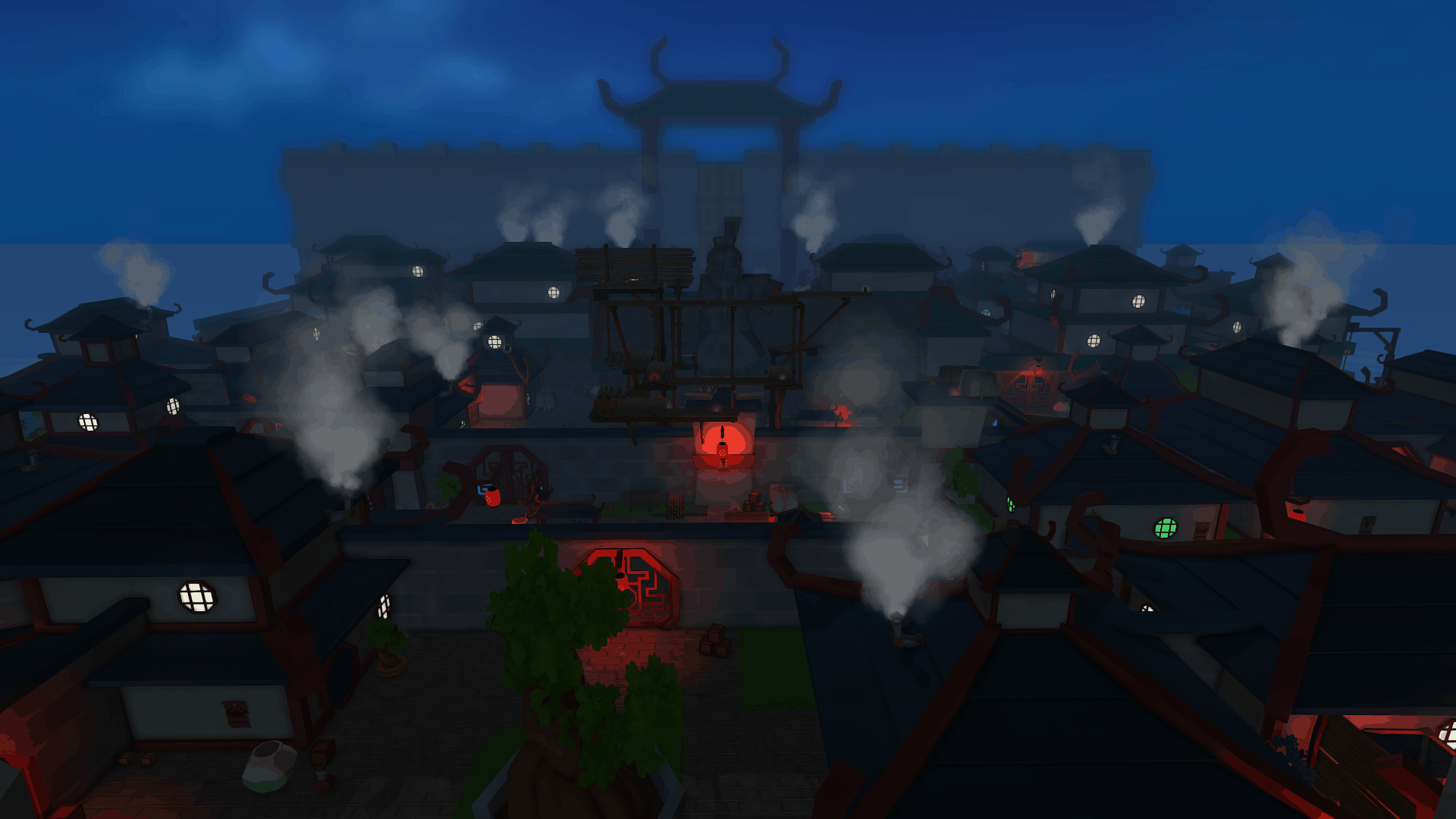
Cornerstone also borrows the 3D Zelda conversation style. The dialogue is portrayed through boxes, and the camera changes its framing every line or shift in perspective. While the writing is fairly good for the most part, the teenage-style jokes eventually get stale, and the lack of expression on the characters’ faces suck any sentiment out of the humor or pathos.
Vi-King Of The Sea? Not Quite
While Cornerstone aims high to fulfill the lofty precedent set by its influences, it rarely – if ever – comes close to nailing the tight controls of Dark Souls or the world building of Windwaker. Frankly, the controls are sloppy and the combat is poor. I didn’t feel like Tyrim did what I wanted him to do, which is pretty important when a game is built around combat and platforming.
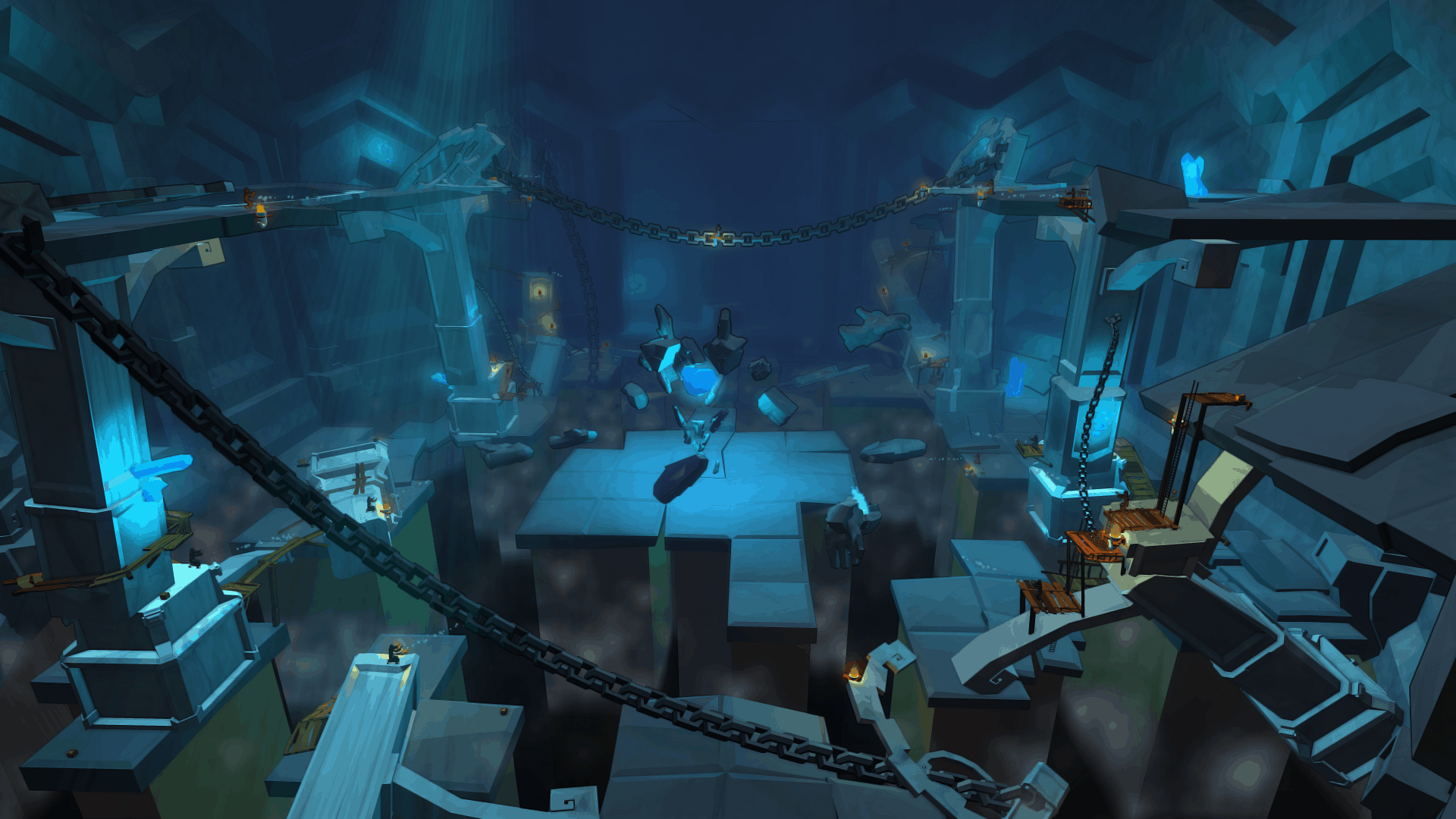
After realizing there wasn’t much of a penalty for dying, my strategy quickly became: get as far as I can; take out as many enemies as possible; die; rinse; repeat. Dark Souls has a similar structure, but with two key differences: the controls are tight and responsive (for the most part), and the combat is finely tuned so that you can read an enemy’s attack animation and respond accordingly.
With Cornerstone, however, I didn’t feel like I could read the combat. Thus, defeating an enemy became a process in which I would hack and slash as much as possible until one of us died, which was not very rewarding.
It’s Far From Perfect
Part of the appeal of the Souls games is the satisfaction you feel after juking and countering appropriately to defeat a boss that feels as smart as you. Cornerstone’s boss fights are usually just an enemy with a bigger health bar and unpredictable environmental hazards designed to pad out the fight and prevent you from getting comfortable in any situation.
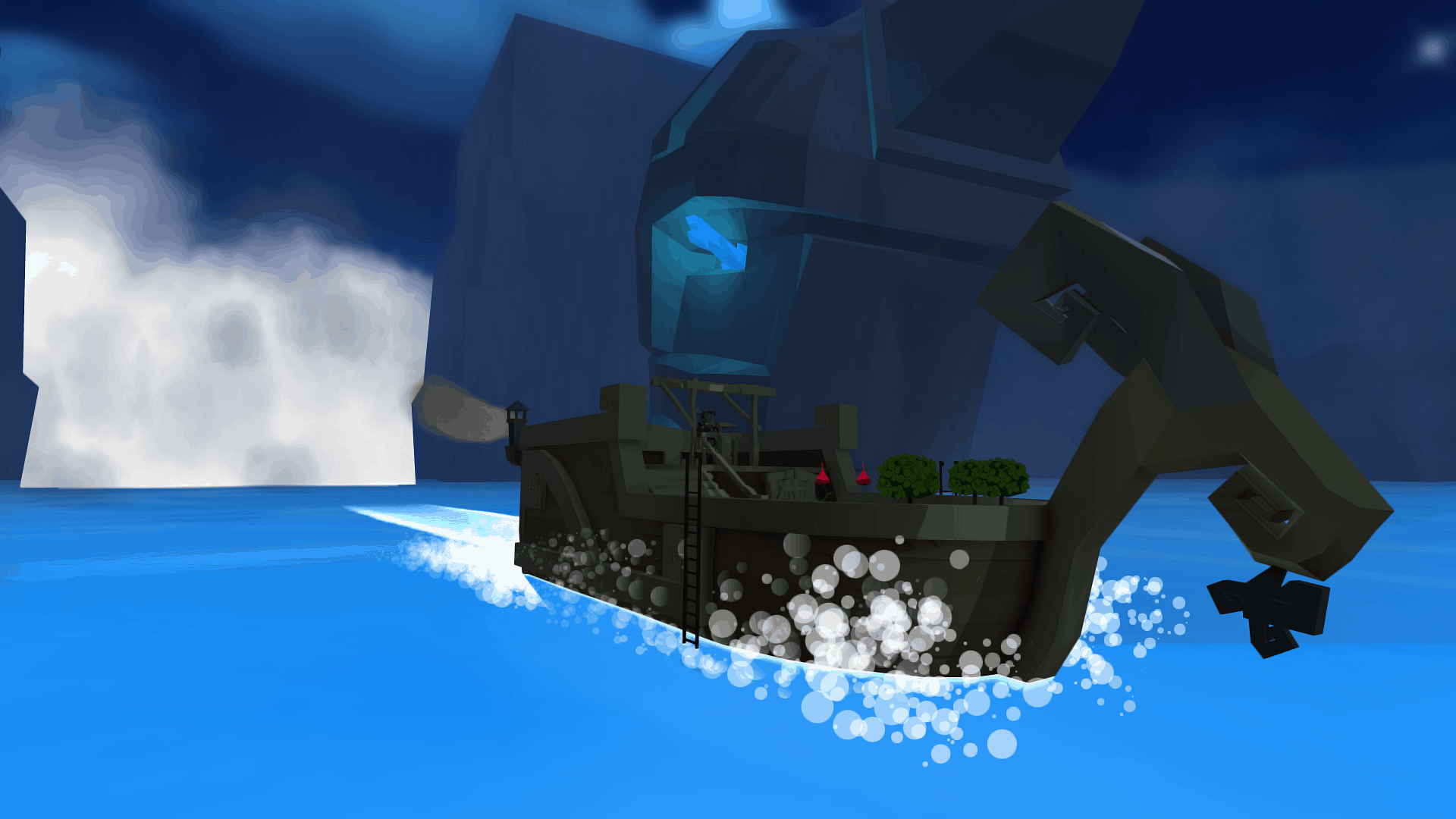
Similar to the combat, exploring the world became a tedious task deeper into the game, as the game gates your progress by literally placing obstacles in your way. As far as I could tell, most of the time there was no clever way around these speed bumps, and I had to either physically move them out of my path, or just plow through them, albeit slower than normal.
Cornerstone is a good attempt by an indie team to fuse two big budget franchises without really nailing what makes those games great. For a game that emphasizes player choice, the choices that I was able to make given the shoddy controls and poor combat encounters felt like I was exploiting an oversight in the game’s design. Similar to the visuals, the surface level of the actual gameplay works best when you don’t dig too deeply. That said, this game could be great given a bigger budget or more time to finesse the controls.
Cornerstone: The Song of Tyrim is available via Steam.
[xrr rating=”2.5/5″]
Watch the official trailer for Cornerstone: The Song of Tyrim below:

